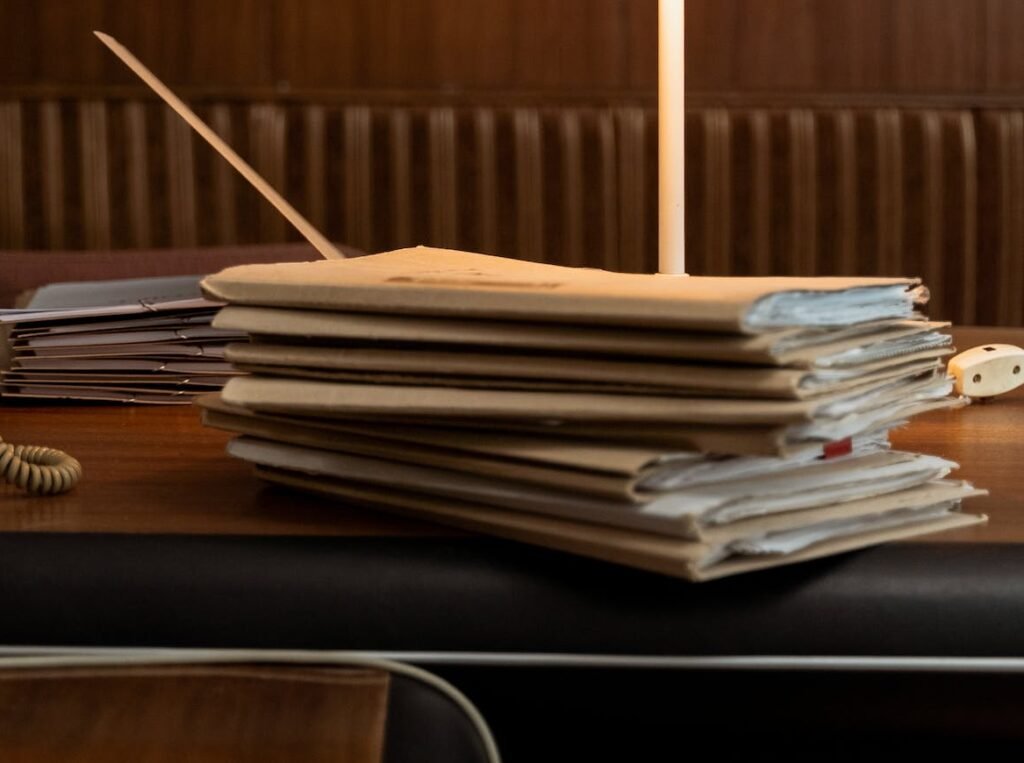Here is what to expect
When you hire an experienced trial attorney, they will guide through the process, preparing you or your case for each phase.
Pleadings
In the litigation process, the first step is the filing of a complaint. This is the document that initiates the lawsuit and outlines the client’s claims against the opposing party. Once the complaint is filed, the opposing party will respond with an answer, either admitting or denying the allegations. This exchange of pleadings sets the stage for the legal battle to come.
Often, defendants will file pleading motions before filing their answer that may delay the litigation process. Our role is to defeat those motions to proceed to discovery.


Written Discovery
After the initial pleadings, the next phase is written discovery. This involves the exchange of information and evidence between both parties. Interrogatories, which are written questions, are sent to the opposing party, who must provide written responses. Requests for production of documents may also be made, where each party is required to produce relevant documents for review. Written discovery allows both sides to gather crucial information and build their case.
As the client, you will need to assist your attorney in gathering documents and responding to questions. At the same time Inscore Law will be requesting information an documents from the defendant and third parties to get the evidence needed to win your case at trial.
Depositions
Depositions play a vital role in the litigation process. They involve sworn testimony given by witnesses or parties involved in the lawsuit. During a deposition, attorneys from both sides have the opportunity to ask questions and gather information under oath. This process helps to clarify facts, assess credibility, and anticipate potential arguments. Depositions can be crucial in determining the strength of a case and may be used later during trial.
As the client you will have to give a deposition. It is our job at Inscore Law to ensure you are fully prepared and know what to expect. Your attorney will attend the deposition with you to object to inappropriate questions.


Expert Discovery
In many cases, expert witnesses are called upon to provide specialized knowledge or opinions relevant to the lawsuit. Expert discovery involves the identification and disclosure of these experts. Each party may retain their own experts, who will then prepare reports and potentially be deposed by the opposing side. Expert witnesses can greatly impact the outcome of a trial, as their testimony can provide valuable insights and support for the client’s claims.
Inscore Law will hire experts to review the facts of your case and to attend trial to give their professional opinions, based on their education, training, and experience.
Negotiation and Mediation
Prior to proceeding to trial, there may be opportunities for negotiation and mediation. Negotiation involves discussions between the parties and their attorneys to reach a settlement agreement. Mediation, on the other hand, involves a neutral third party who facilitates the negotiation process. Both methods aim to resolve the dispute without the need for a trial. These alternative dispute resolution methods can save time, money, and the emotional toll of a lengthy court battle. .
While statistically most cases settle Inscore Law treats every case like it will go to trial to be fully prepared to ensure a just resolution whether by settlement or trial.


Trial
If a settlement cannot be reached, the final stage of the litigation process is a jury trial. During the trial, both parties present their case and evidence before a judge and jury. Each side will have the opportunity to call witnesses, present documents, and make arguments. The jury then deliberates and reaches a verdict based on the evidence presented. The trial process can be complex and time-consuming, but it provides the client with the opportunity to have their case heard and decided by a jury of their peers.
The client needs to attend each day of trial and will almost certainly give testimony to the jury early in the trial. Usually, except in small courtrooms, the client will sit with the attorney at counsel table and may even assist the attorney with the presentation of evidence.
Conclusion
In conclusion, the litigation process from a client’s perspective involves several distinct stages. From the initial filing of a complaint to the ultimate jury trial, each step plays a crucial role in building and presenting the client’s case. Pleadings, written discovery, depositions, expert discovery, negotiation and mediation, and trial all contribute to the overall process, offering opportunities for resolution and justice.